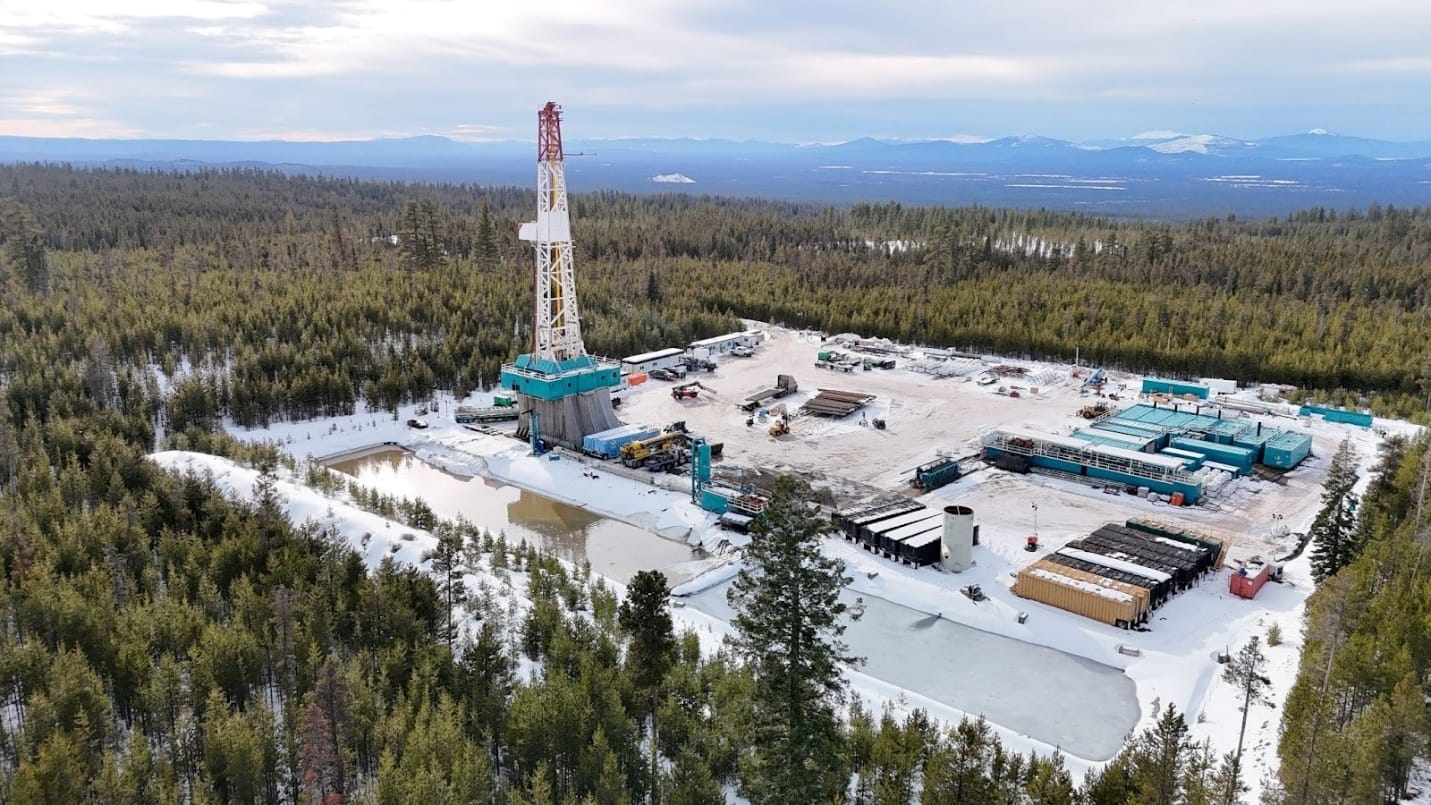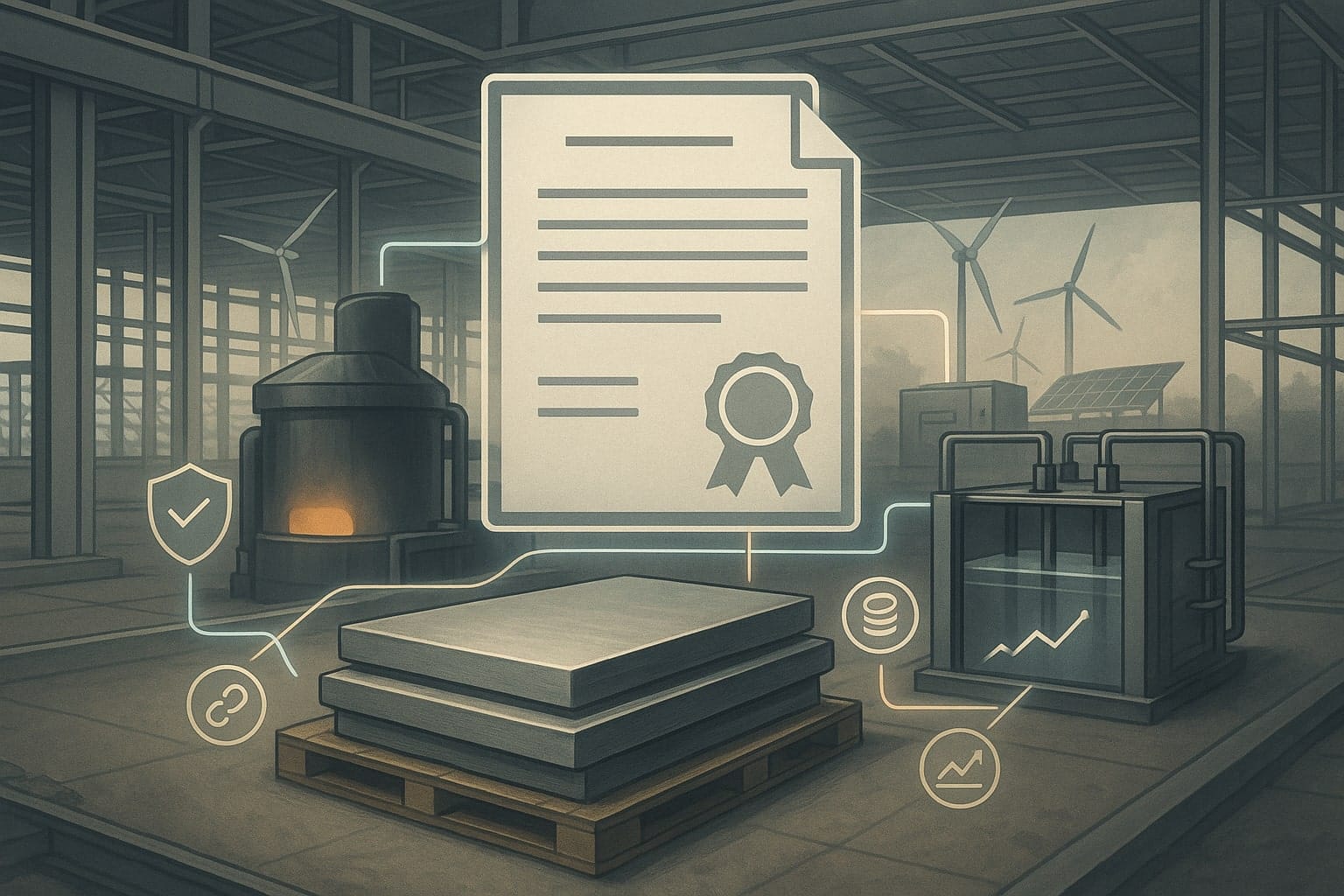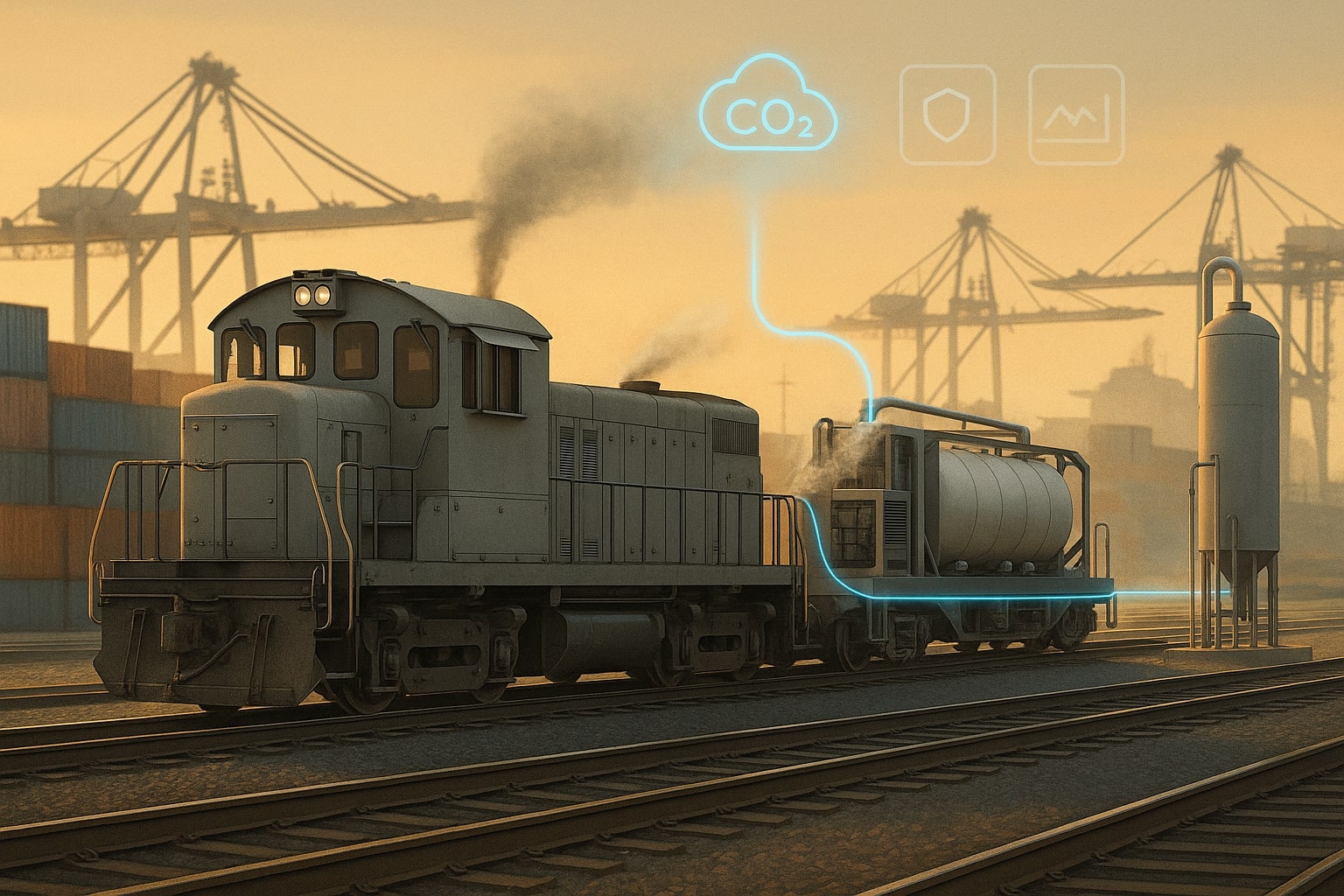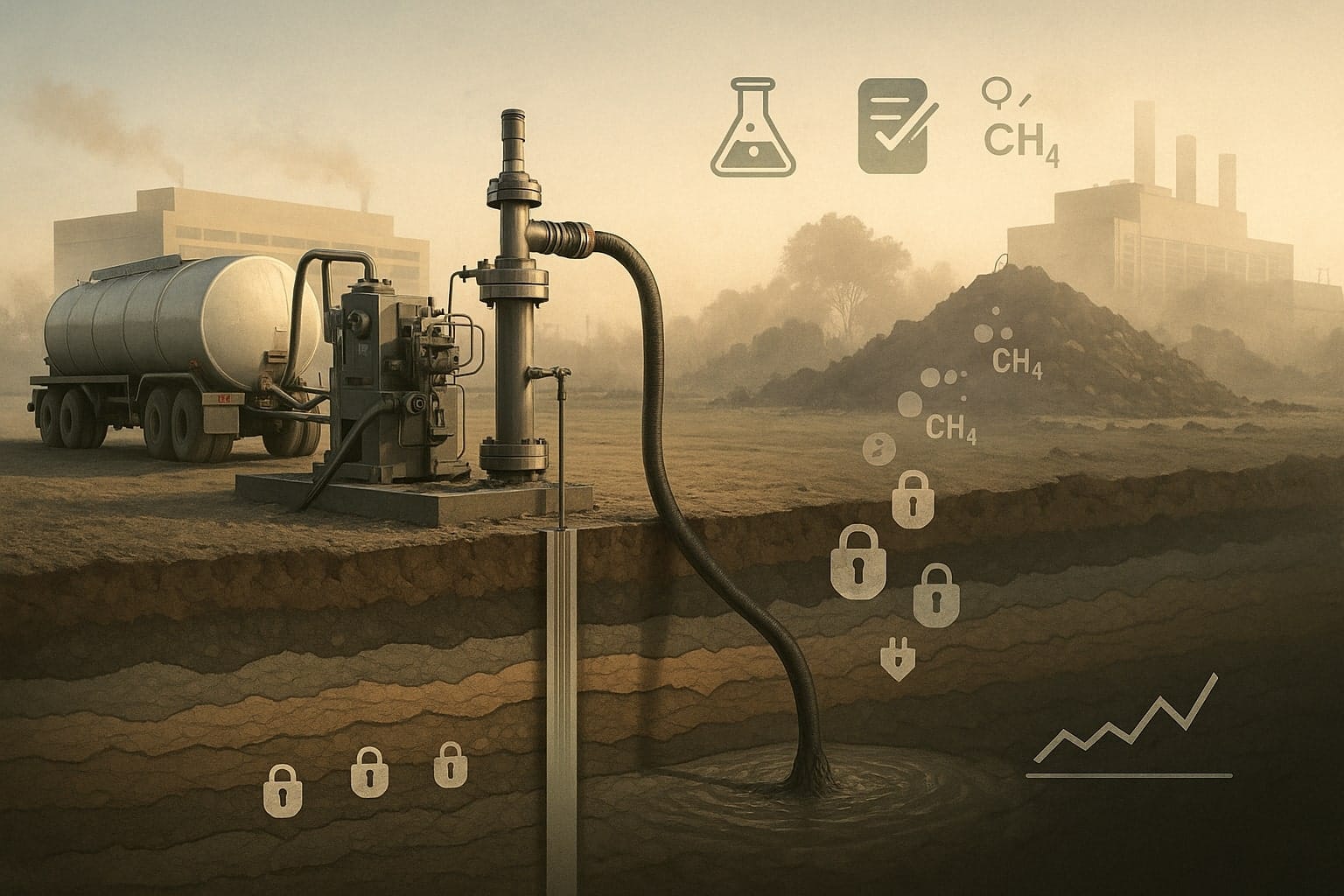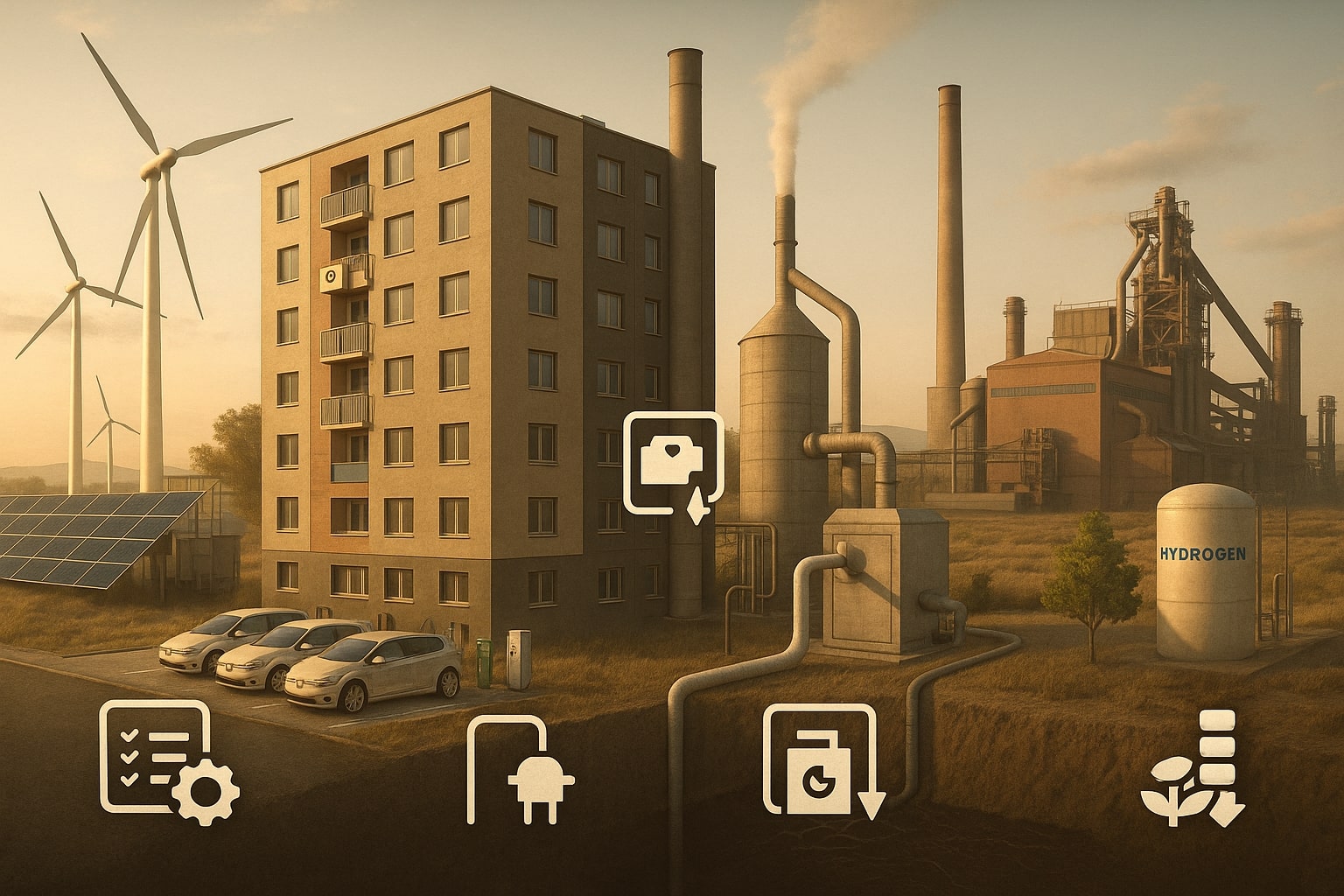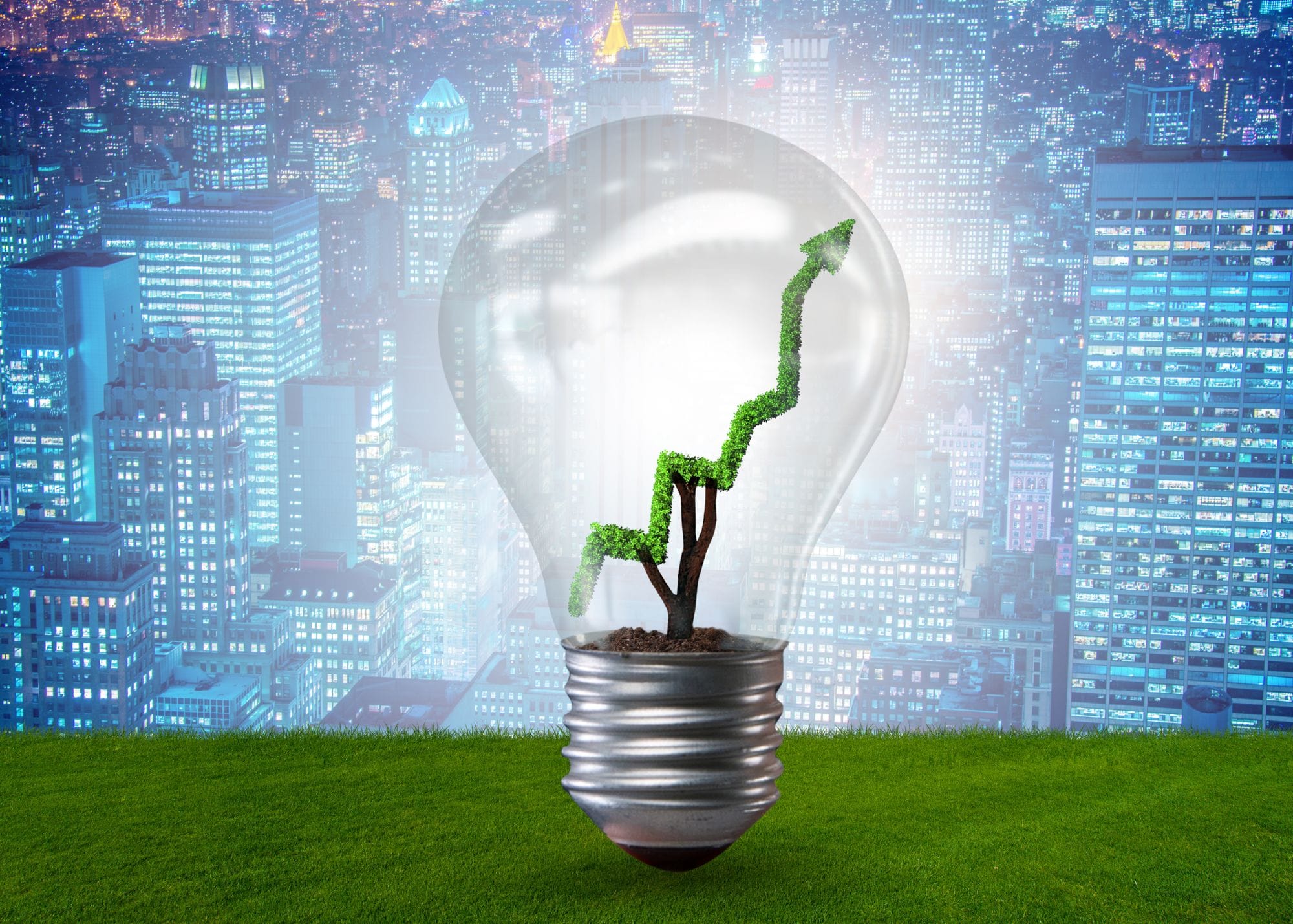In the global pursuit of sustainable energy solutions, green hydrogen has emerged as a pivotal player in reducing carbon emissions and combating climate change. Avina Clean Hydrogen’s groundbreaking project in Vernon, California, exemplifies this shift towards cleaner energy. Strategically located near the Port of Long Beach, this facility aims to produce up to 4 metric tons of compressed green hydrogen daily, with the potential to offset approximately 130,000 metric tons of CO₂ emissions annually. This initiative not only aligns with California’s ambitious clean energy goals but also sets a precedent for the broader adoption of green hydrogen technologies.
Table of Contents
ToggleBackground
What is Green Hydrogen?
Green hydrogen is produced through the electrolysis of water, a process that uses electricity to split water molecules into hydrogen and oxygen. When this electricity is sourced from renewable energy—such as solar, wind, or hydroelectric power—the resulting hydrogen is termed ‘green’ due to its minimal environmental impact. Unlike grey hydrogen, which is derived from natural gas and emits significant CO₂, green hydrogen offers a sustainable alternative with applications across various sectors, including transportation, industry, and energy storage.
Avina Clean Hydrogen’s Vision
Avina Clean Hydrogen is committed to accelerating the transition to a low-carbon economy by developing and deploying green hydrogen solutions. The company’s mission focuses on decarbonizing heavy-duty transportation and supporting clean energy initiatives, particularly in regions like California that are at the forefront of environmental policy and innovation.
Facility Overview
Location and Strategic Importance
The Vernon facility is strategically situated approximately 10 miles from the Port of Long Beach, one of the busiest ports in the United States. This proximity facilitates efficient distribution of green hydrogen to critical transportation corridors and urban markets throughout Southern California, thereby supporting the region’s efforts to reduce emissions from heavy-duty vehicles and industrial operations.
Production Technology
The facility employs state-of-the-art electrolysis technology to produce green hydrogen. By utilizing renewable electricity, the electrolysis process splits water into hydrogen and oxygen without emitting CO₂, ensuring a clean production cycle. This method not only generates high-purity hydrogen but also aligns with California’s renewable energy standards.
Production Capacity
Designed to produce up to 4 metric tons of compressed green hydrogen per day, the Vernon facility is poised to meet the growing demand for clean fuel in the transportation sector. This capacity translates to significant reductions in greenhouse gas emissions, equivalent to removing thousands of diesel-powered trucks from the road annually.
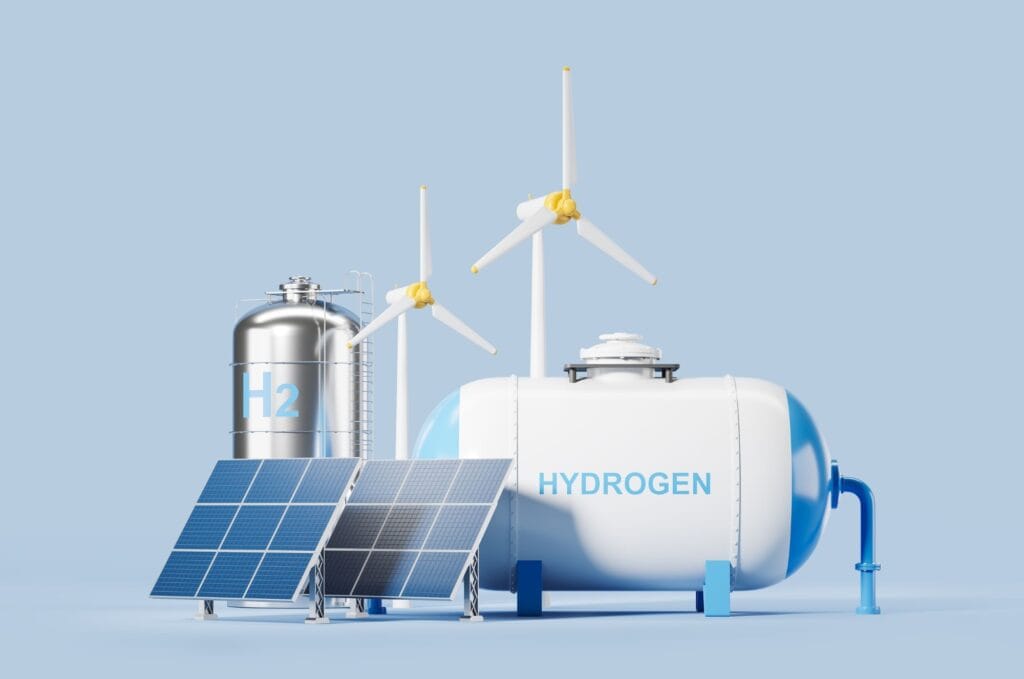
Environmental Impact
Carbon Offset
The Vernon facility is projected to eliminate approximately 130,000 metric tons of CO₂ emissions annually. This reduction is equivalent to removing over 28,000 passenger vehicles from the road each year, significantly contributing to California’s climate goals.
Decarbonizing Transportation
By supplying green hydrogen to heavy-duty vehicles, the facility addresses emissions from the transportation sector, which accounts for a substantial portion of California’s greenhouse gas emissions. This initiative supports the state’s efforts to transition to zero-emission vehicles and improve air quality in urban areas.
Challenges and Solutions
Production Costs
Green hydrogen production is currently more expensive than traditional methods due to the costs of renewable energy and electrolysis technology. However, advancements in electrolyzer efficiency and economies of scale are expected to reduce costs over time.
Infrastructure Development
The lack of widespread hydrogen refueling infrastructure poses a challenge to adoption. Avina’s facility aims to address this by providing a reliable supply of green hydrogen, encouraging the development of refueling stations and supporting the growth of hydrogen-powered fleets.
Regulatory Approvals
Avina has secured necessary environmental permits, ensuring compliance with state and federal regulations. This approval reflects confidence in the project’s environmental and safety standards.
Timeline and Future Outlook
Construction and Launch Timeline
Avina Clean Hydrogen’s Vernon facility has achieved significant milestones, including securing key environmental permits and commencing construction. The project is on track to begin commercial operations by July 2025, aligning with California’s accelerated plans for hydrogen infrastructure expansion.
Long-Term Impact
Once operational, the facility is expected to produce up to 4 metric tons of compressed green hydrogen daily, contributing to the decarbonization of heavy-duty transportation and supporting California’s clean energy goals. By supplying green hydrogen to critical transportation corridors and urban markets, the facility will help meet the growing demand for clean hydrogen across the region.
Avina Clean Hydrogen’s Vernon facility represents a significant advancement in the deployment of green hydrogen solutions, setting a benchmark for future projects aimed at fostering a sustainable energy landscape. By integrating advanced technology with strategic planning, the facility is poised to make a substantial impact on California’s energy landscape, promoting sustainability and innovation in the hydrogen economy.

